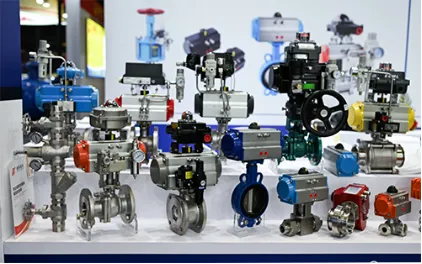Mobile:+86-311-808-126-83
Email:info@ydcastings.com
Shaft End Cover Design and Implementation for Enhanced Performance and Durability
The Importance of Shaft End Covers in Mechanical Engineering
In the realm of mechanical engineering, the design and functionality of components play a crucial role in the performance and efficiency of machines. One often overlooked yet vital component in various machinery is the shaft end cover. This seemingly simple part serves several important purposes that can significantly impact the overall performance, reliability, and longevity of mechanical systems.
What is a Shaft End Cover?
A shaft end cover is a component that seals the ends of a rotating shaft. It can be constructed from various materials, including metals, plastics, or composites, and is typically designed to fit securely over the shaft end. The primary purpose of a shaft end cover is to protect internal components from external contaminants such as dirt, dust, and moisture. By creating a barrier, it helps maintain the integrity of the shaft and the internal workings of the machinery.
Functions of Shaft End Covers
1. Protection Against Contaminants The first and foremost function of shaft end covers is to prevent the ingress of unwanted materials. In many industrial environments, shafts operate in conditions where dust, dirt, and moisture are prevalent. If allowed to enter the machinery, these contaminants can lead to accelerated wear and tear, resulting in costly repairs and downtime. Shaft end covers effectively seal the openings, thus extending the lifespan of the internal components.
2. Support Structural Integrity Shaft end covers also play a role in maintaining the structural integrity of the shaft assembly. They help to support the overall framework by keeping components aligned and minimizing vibrations. This enhances the performance of the machinery and can improve energy efficiency, as a well-aligned system operates more smoothly.
3. Reducing Noise and Vibration In machinery where high speeds are involved, noise and vibrations can become significant issues. Shaft end covers help mitigate these problems by providing additional damping and stabilization to the rotating elements. This is especially important in applications where noise levels need to be controlled for safety or regulatory compliance.
4. Facilitating Maintenance Accessibility to the shaft for maintenance purposes can be challenging. Well-designed end covers can provide easier access points for inspections—allowing technicians to perform routine checks without dismantling the entire system. This leads to reduced maintenance time and helps in timely identification of potential issues before they escalate.
shaft end cover

5. Aesthetic Appeal While functionality is paramount, the aesthetic design of machinery also plays a role in certain applications. Shaft end covers can contribute to the overall appearance of machines, offering a cleaner and more polished look. This is particularly relevant in consumer-facing industries, where the aesthetics of the machinery can influence buyer perceptions.
Materials Used in Shaft End Covers
The choice of material for shaft end covers depends on several factors, including the operating environment, the type of machinery, and cost considerations. Common materials include
- Steel Known for its durability and strength, steel is often used in heavy-duty applications where high stress and load-bearing are required. - Aluminum Lightweight and resistant to corrosion, aluminum is a popular choice for applications where weight savings are critical.
- Plastics Certain engineered plastics can offer good protection against moisture and chemicals, making them suitable for a range of environments.
- Composite Materials These can provide enhanced strength-to-weight ratios and improved resistance to environmental stressors.
Conclusion
Shaft end covers may be small components in the grand scheme of machinery; however, their significance cannot be overstated. They serve fundamental roles in protecting internal mechanisms, ensuring operational efficiency, and enhancing the longevity of mechanical systems. As technology advances and industries continue to evolve, the design and material selection for shaft end covers will likely become increasingly sophisticated, further improving their effectiveness in modern applications. Understanding and appreciating these components is essential for anyone involved in the field of mechanical engineering.
-
Why Should You Invest in Superior Pump Castings for Your Equipment?NewsJun.09,2025
-
Unlock Performance Potential with Stainless Impellers and Aluminum End CapsNewsJun.09,2025
-
Revolutionize Your Machinery with Superior Cast Iron and Aluminum ComponentsNewsJun.09,2025
-
Revolutionize Fluid Dynamics with Premium Pump ComponentsNewsJun.09,2025
-
Optimizing Industrial Systems with Essential Valve ComponentsNewsJun.09,2025
-
Elevate Grid Efficiency with High-Precision Power CastingsNewsJun.09,2025











